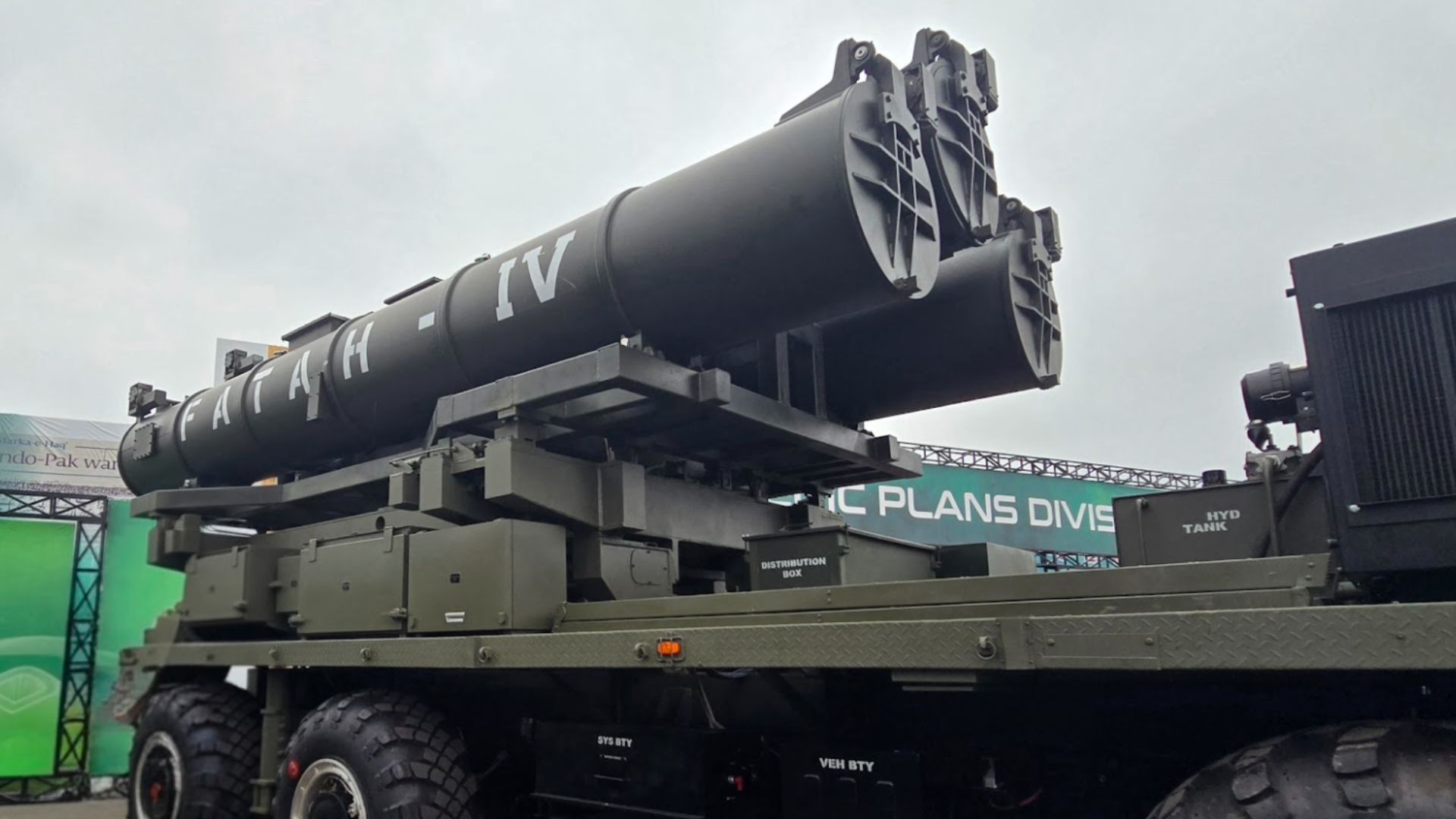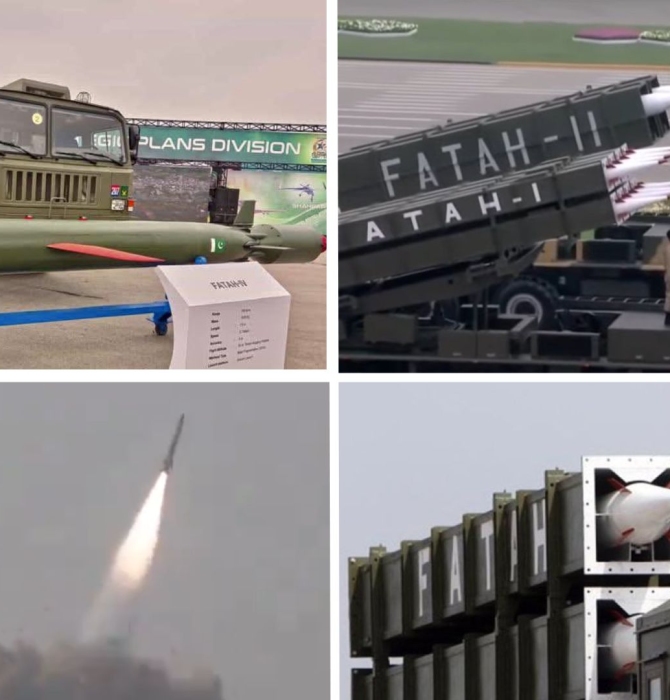15193Views

Pakistan Tests Fatah-4 Ground-Launched Cruise Missile (GLCM) Quwa Premium
On 30 September, the Pakistan Army Rocket Force Command (ARFC) announced that it carried out a “training launch” of the newly inducted Fatah-4 ground-launched cruise missile (GLCM), which was first officially revealed on 12 August 2025.
In a press release from Inter Services Public Relations (ISPR), the Fatah-4 is equipped with “advanced avionics and state-of-the-art navigational aids” and can fly a range of 750 km.
As per its official specifications, the Fatah-4 has a cruise speed of Mach 0.7, warhead weight of 330 kg, total mass of 1,530 kg, minimum flight altitude of 50 m, and accuracy of within 5 m CEP (circular error probable).
The Fatah-4 is a piece of the Fatah family, a series of surface-to-surface missiles (SSM) meant for conventional long-range strikes. Each Fatah SSM is a distinct missile platform: the Fatah-1 is a 301 mm guided multiple launch rocket system (MLRS) with a range of 140 km; the Fatah-2 is a 600 mm ballistic missile with a range of 400 km; and the Fatah 4 is a GLCM.
There was supposed to be a Fatah-3 with a range of 450 km. This has not yet been revealed, but in May 2025, the PA test-fired a new ballistic missile with an identical range with the name “Abdali Weapon System,” which may indicate that the Fatah-3 was re-allocated for a strategic (read: nuclear deterrence) role.
Regarding the Fatah-4, the GLCM is a derivative of the Babur-series, one of Pakistan’s main cruise missiles for nuclear deterrence purposes. Since 2018, Pakistan has been reworking the Babur-series for the conventional role, initially through the Harbah dual-anti-ship cruise missile (ASCM) and land-attack cruise missile (LACM) for the Pakistan Navy (PN).
The export variant of the Harbah – called Harbah NG – has a stated range of 280 km, cruising speed of Mach 0.6 to Mach 0.8, and total weight of 1,350 kg. Its guidance system consists of a GNSS-supported inertial navigation system (INS) and digital scene matching area correlation (DSMAC). It is also equipped with a terminal-stage seeker, being either imaging infrared (IIR) or active radar homing (ARH) based on the user’s requirements.
End of excerpt. You’ll need to login or subscribe to Quwa Premium to access the full article.
Existing Quwa Plus/Pro members can log in below
Note: Logged in members may need to refresh the article page to see the article.


